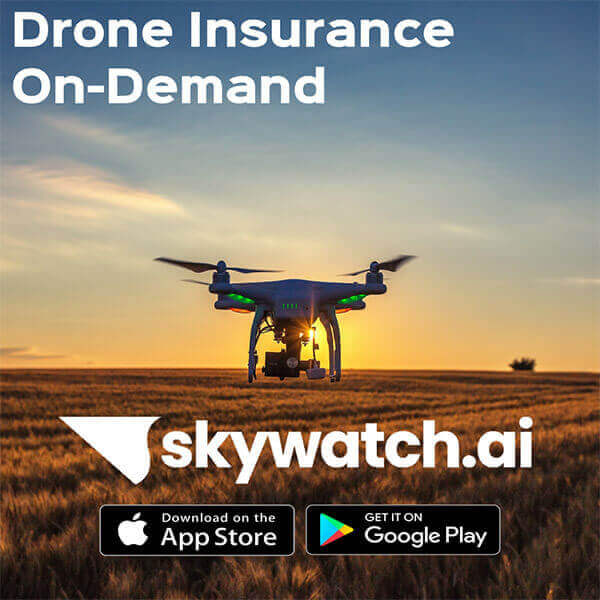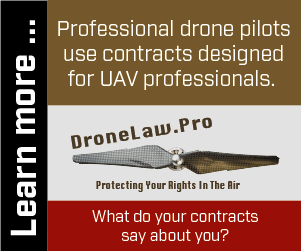Skye Link Business Advice August 8, 2019
Drone Use Cases In Solar
Drone technology has become an invaluable tool in the renewable energy space. They are streamlining various operational processes that not only lead to new efficiencies for solar companies but have improved workers safety and improved their bottom line in the process. With that said, below we explore 4 use cases for drones in solar including pre-construction site planning, drone solar panel inspections, construction progress monitoring, and aerial photography for marketing purposes.
1) Site Planning
There are many considerations during the pre-construction phase of solar farm development that go into creating a sustainable PV plant. One of the most important aspects is understanding the terrain and assessing how the topographical conditions will affect site design. Traditionally, the need to have a surveying team on-site to conduct topographical surveys can take weeks. Now, the use of aerial imaging solutions allows for faster data acquisition than conventional methods thus shortening the site planning cycle by as much as 70% while increasing team productivity along the way.
Developers usually have two options: rely on publicly available data or conduct a new ground survey. Existing information such as satellite data is typically outdated or lacks the accuracy needed to generate land bids. Conducting new land surveys can take weeks especially when in inhospitable terrain. The market for bidding and purchasing properties is competitive, and companies lose potential land opportunities if they don’t move fast. Not only will land surveying by foot take weeks, but there is also an additional period of time to process the data to create the related models. Now using drones, this whole terrain mapping process can be cut into a matter of days rather than weeks.
Aerial photogrammetry provides the data necessary to create accurate topographical data and form accurate terrain models & contour maps. These models allow structural engineers to design the PV systems accordingly in a way that helps significantly increase energy output in the long term. Additionally, many proposed solar plants are in the middle dense vegetation, therefore the use of drone-based LiDAR can be used to cut through vegetation and forestry for sites where photogrammetry would be near impossible. Usually, this provides even more precise data and highly accurate models, at a fraction of the time that would be needed to survey this area by foot. These models can also help with hydrology and shadow analysis, assist in material safety assessments and much more.
By surveying land using UAS imaging, this process can be cut down to a matter of days resulting in faster turnaround times, therefore receiving an upper hand on the competition
2) Drone Solar Panel Inspections
.jpeg)
Regular PV system inspections are needed as part of all solar asset management and O&M teams. Usually, these site inspections occur on a yearly basis but can fluctuate depending on the site and operating contract. Therefore, when considering portfolio management of all company solar sites, it can be a large scale task to inspect each PV plant by foot.
Utilizing aerial inspections to remotely detect anomalies that may be affecting performance allows for much greater speed than other inspection methods. Traditional methods of sending a ground technician with a handheld IR sensor to conduct IV curve tracing will take 10 times as long as a remote UAS with an infrared sensor to conduct the same inspection.
Aerial PV system inspections greatly reduce the time spent on inspecting solar arrays to quickly deliver actionable data and reports documenting all anomalies found. Drone solutions can preemptively identify and predict the degradation of solar panels. These aerial infrared inspections provide detailed insight into the performance of a PV system by identifying issues affecting the various levels of the array including cell, multi-cell, diode, module, and string level.
Not only do drones speed up the process of locating output issues but it also facilitates the process of disseminating information to the field technicians in order to more swiftly resolve problems. Aerial data gives the operational intelligence to the technicians so they know exactly where and what the issues are before they even arrive on site.
Compare aerial data sets with internal data metrics from tracking tools. In the instance that degradation is happening faster than manufacturer outlines, then you can take advantage of warranties.
3) Construction Progress Monitoring
Another major use case for drones in solar is monitoring construction and installation progress. With weekly flights, construction progress reports can be generated that outlines a site overview, completed installations (modules, tables, legs, long beams, etc), and visualizations from various directions, angles, and altitudes.
Utilizing aerial data for construction progress monitoring increases stakeholder communication & collaboration between various cross-functional teams.
This simplifies the process by remotely verifying if each installation is complete, safe, aesthetically acceptable, and all aspects of the installation have been completed up to standards. These insights allow EPC stakeholders to complete acceptance documentation and save time ensuring the installation is being set up according to the as-built conditions.
Finally, aerial construction progress monitoring inspections act as the eyes of the project manager so they can save time commuting regularly to and from sites. Therefore freeing up resources to ensure other aspects of the project are running smoothly and hopefully leading to fewer issues along the rest of the construction process.
.jpeg)
4) Marketing Footage
This one is self-explanatory. There is no ground image that can make a solar farm look as nice as it does from an aerial perspective. From utilizing aerials on company websites, marketing materials, sales presentations, it can be a great way to close more clients. Showcase your portfolio and capabilities with drones.
Next Steps
As sUAS technology continues to develop these 4 use cases will only increase in adoption from small to large-sized solar firms. The cost should continue to decrease, but it is better to get a head start by implementing drones into your operations so you can knock out any kinks in the process and stay ahead of the competition. Request a quote for drone services today to speak to one of Skye Link’s professional team members to receive a free consultation and cost estimate for any of the above services.

